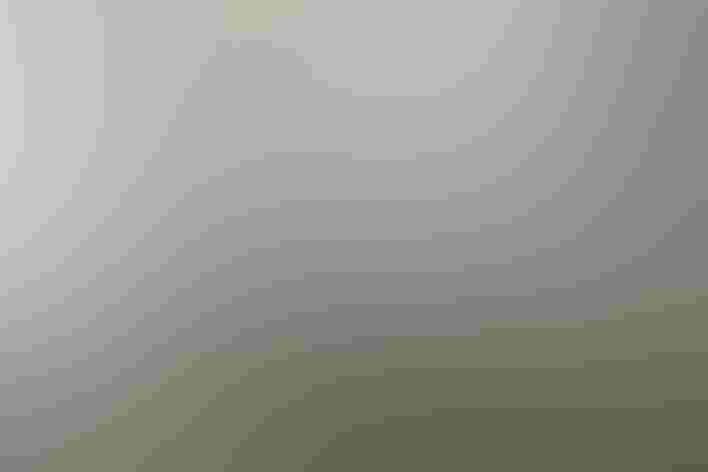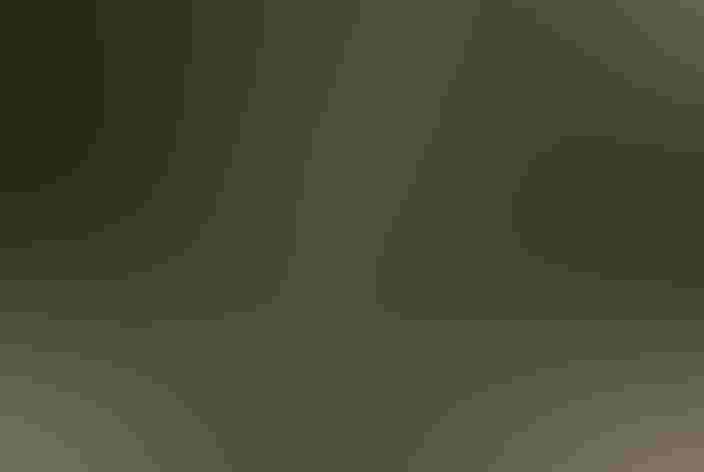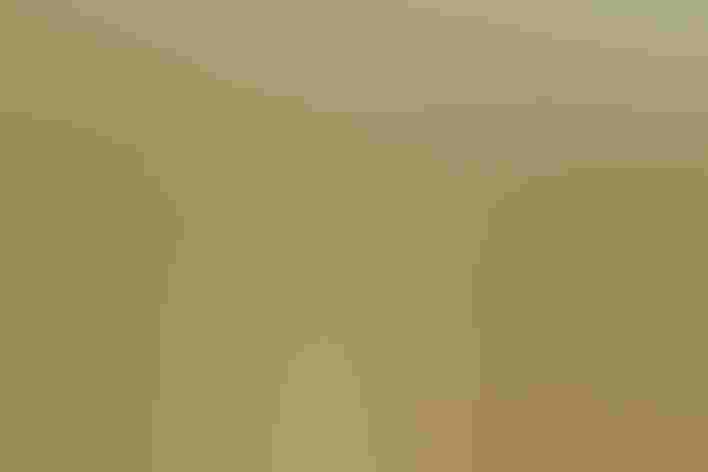Gray-cheeked Thrush
At a Glance
All the brown-backed thrushes can be shy and hard to see, but the Gray-cheek is perhaps the most elusive. During migration it hides in dense woods, slipping away when a birder approaches. On its far northern nesting grounds it may be more easily seen, especially in late evening, when it sings from treetops.
All bird guide text and rangemaps adapted from Lives of North American Birds by Kenn Kaufman© 1996, used by permission of Houghton Mifflin Harcourt Publishing Company. All rights reserved.
Category
Perching Birds, Thrushes
Conservation
Low Concern
Habitat
Forests and Woodlands, Shrublands, Savannas, and Thickets, Tundra and Boreal Habitats
Region
Alaska and The North, Eastern Canada, Florida, Great Lakes, Mid Atlantic, New England, Plains, Rocky Mountains, Southeast, Texas, Western Canada
Behavior
Direct Flight
Population
46.000.000
Range & Identification
Migration & Range Maps
Migrates mostly at night. Birds from Alaska (and eastern Siberia) apparently migrate far east in fall before turning south. Many probably make a nonstop flight from northeastern North America to northern South America.
Description
6 1/2 -8" (17-20 cm). Dull brown back, spotted chest. Paler around eye, especially behind eye, but no sharp eye-ring. Face and neck grayish, lack strong buff tones.
Size
About the size of a Robin, About the size of a Sparrow
Color
Black, Brown, Gray, White
Wing Shape
Pointed
Tail Shape
Notched, Rounded, Square-tipped
Songs and Calls
Series of thin reedy notes inflected downward at the end.
Call Pattern
Falling, Undulating
Call Type
Chirp/Chip, Flute, Trill, Whistle
Habitat
Boreal forest, tundra scrub; in migration, other woodlands. Breeds in northern spruce forest, often rather open and stunted, and north of treeline in thickets of willow and alder on tundra. Winters in tropical forest.
Sign up for Audubon's newsletter to learn more about birds like the Gray-cheeked Thrush
Behavior
Eggs
4, sometimes 3-5, perhaps rarely 6. Pale blue, with vague brown spots, sometimes almost unmarked. Incubation is by female, 12-14 days.
Young
Both parents feed nestlings. Young leave nest about 11-13 days after hatching.
Feeding Behavior
Forages mostly on the ground, hopping about under cover of dense thickets. Sometimes seen feeding on berries up in shrubs or trees.
Diet
Mostly insects and berries. Diet through the year is not known in detail. In North America, feeds on a variety of insects, including beetles, caterpillars, ants, wasps, fly larvae, and many others; also spiders and some other invertebrates. Also eats many berries and wild fruits. Winter diet in tropics poorly known.
Nesting
Male arrives first on breeding grounds and establishes territory, defending it by singing. In courtship, male pursues female in swift flight among the trees. Nest: Often placed very low or even on the ground; usually less than 10' up, sometimes up to 24'. Ground nests are often among bases of willow or alder shoots, while higher nests may be against trunk of conifer at base of branches. Nest (built by female) is a well-made open cup of grass, moss, twigs, weeds, strips of bark, sometimes with some mud added; lined with fine grass and rootlets.
Climate Vulnerability
Conservation Status
Southern breeding populations of Gray-cheeks may be declining.
Climate Threats Facing the Gray-cheeked Thrush
Choose a temperature scenario below to see which threats will affect this species as warming increases. The same climate change-driven threats that put birds at risk will affect other wildlife and people, too.




